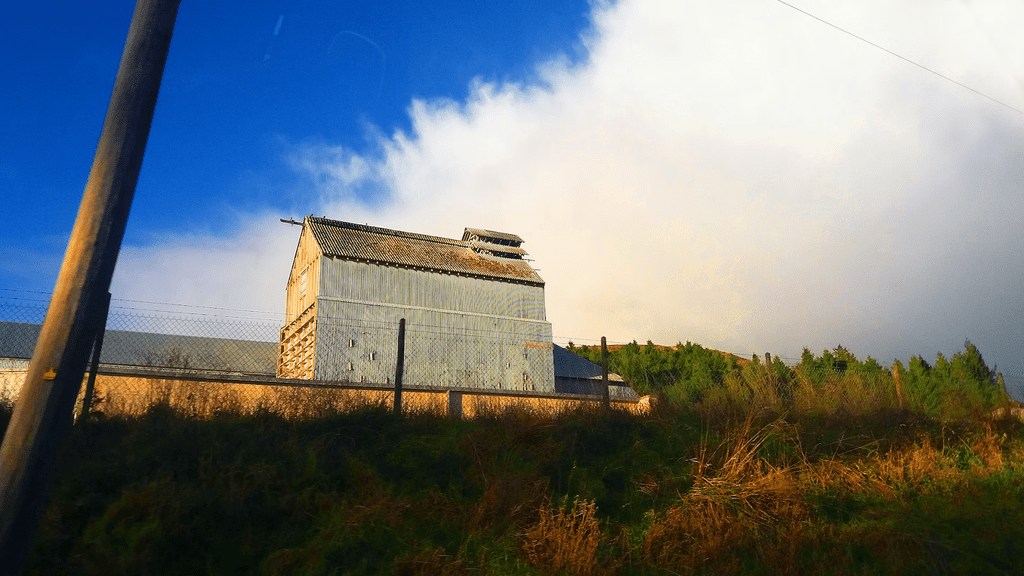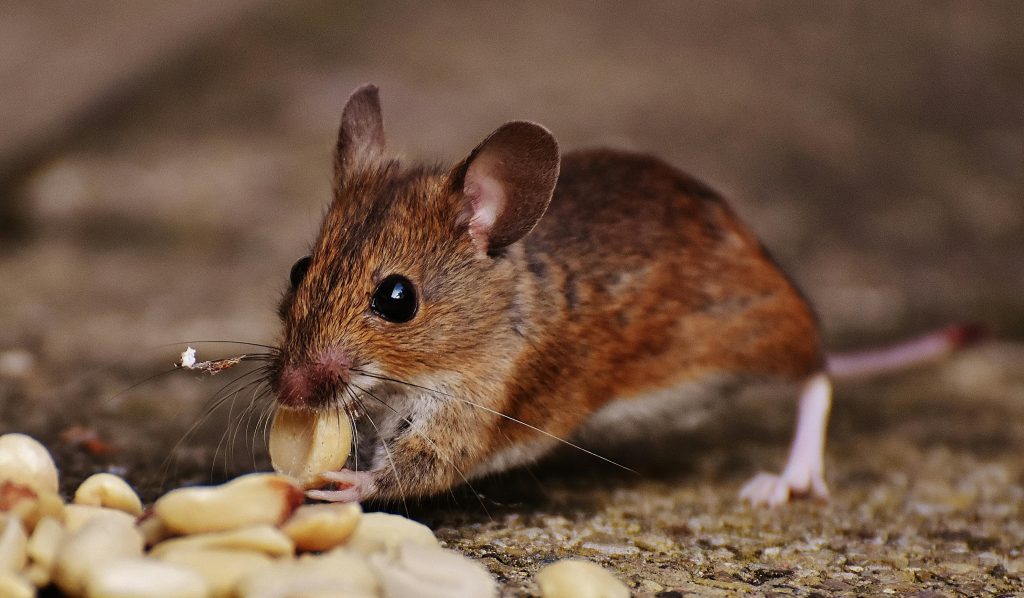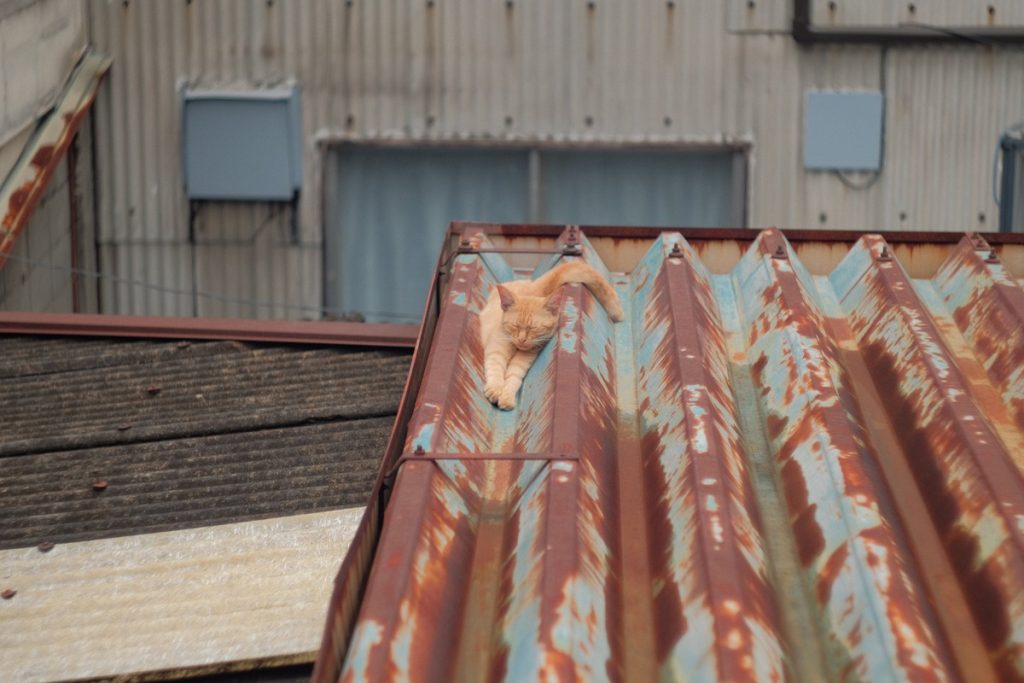
A rustic pole barn. Photo by Nareeta Martin on Unsplash
Owning a pole barn or a pole barn home comes with many benefits, from versatility in function to cost-effectiveness in construction.
However, this type of structure is not immune to the nuisance and hazards presented by various pests. Whether it’s crickets chirping away in a corner, rodents gnawing through your storage, or termites silently compromising the structural integrity of the wood, a failure to manage these critters can lead to significant problems down the line.
In this guide, you will find comprehensive advice on identifying different types of pests, methods for eliminating them, general maintenance tips for your pole barn, and strategies for long-term pest prevention.
Table of Contents
Types Of Pests And How To Get Rid Of Them
Pole barns and pole barn homes have surged in popularity due to their functionality, versatility, and cost-effectiveness.
However, like any other structure, they’re vulnerable to various pests that can cause both structural and health-related issues.
Eliminating pests from pole barns is not only crucial for preserving the integrity of the structure but also for ensuring a healthy living environment if your barn doubles as a home.
Crickets And How To Get Rid Of Them
Crickets may seem like harmless creatures, but in a pole barn, they can be quite a nuisance.
The chirping noises are annoying, and they also chew on organic material, which could include wood and fabrics. Therefore, it’s essential to get rid of them for your peace and your barn’s longevity.
General Approaches To Cricket Control
Dealing with crickets in your pole barn involves a multipronged strategy that blends preventive and curative measures.
The first step is to identify where these insects are most commonly found within your barn.
Once you know their preferred hiding spots, you can employ a variety of methods to eradicate them.
Chemical solutions, such as insecticides, are one option. However, it’s important to handle these carefully and follow the manufacturer’s guidelines to ensure you’re using them in a way that is both safe and effective.
Natural remedies, like soap and water mixtures, can also be sprayed in areas frequented by crickets.
The key to effective control is to not only deal with the existing problem but also to secure your pole barn against future infestations by sealing all potential entry points.
Rodents
Another common pest problem in pole barns is rodents, such as rats and mice.
They can easily squeeze through small openings and make your pole barn their home, causing damage to structures and potentially spreading diseases.
Trapping is the most straightforward way to get rid of them, but it’s only a temporary solution.
Receive Quotes from Multiple Barndominium Builders & Kit Providers Near You Today (It's Free!)
Fill in this 1-minute form below and receive estimates for your project without having to find them yourself! Let them do the work.
Sealing entry points and using rodent-repellent materials can go a long way in preventing an infestation.
Immediate Measures: Trapping Techniques
When it comes to an immediate solution, trapping is often the go-to method.
This involves placing baited traps in strategic locations where rodents are most active. Remember, the traps are a temporary fix, and you should think about long-term prevention.

Insects Like Ants And Termites
Ants and termites may be small, but they can cause significant damage to your pole barn.
Ants can undermine foundations, while termites can eat away at wooden structures, causing them to weaken over time.
Chemical treatments are often the most effective way to get rid of these insects, but they should be administered by professionals to ensure safety and effectiveness.
Fast-Acting Solutions: Chemical Treatments
For quick results, chemical treatments, usually in the form of insecticides, can be employed.
These potent solutions should be handled with care and ideally be administered by professionals to ensure effectiveness and safety.
Pole Barns In General And How To Maintain Them
Understanding the structure and materials of your pole barn is essential for its maintenance and, by extension, for effective pest control.
A well-maintained barn is less likely to attract pests in the first place. Pole barns are generally made of wooden poles and a metal roofing system.
The poles are susceptible to decay, while the metal roof can suffer from rust.
Preventing Decay In Wooden Poles
The wooden poles that form the skeleton of your barn are crucial for its structural integrity.
To ensure they last long and stay strong, it is essential to treat them with preservatives that can prevent rot and fungus.
Moreover, they should be inspected at least once a year for signs of decay or pest infestation.
Rust Prevention For Metal Roofs
Metal roofs are sturdy and long-lasting, but they can suffer from rust over time. It’s essential to clean the roof periodically and treat it with anti-rust coatings.
Rust not only compromises the structural integrity but also creates nooks and crannies that can harbor pests.

Regular Cleaning And Inspection
The importance of regular cleaning and inspection can’t be overstated.
Dust and grime can attract a multitude of pests, and cluttered spaces provide them with plenty of hiding spots.
Therefore, make it a point to clean your pole barn thoroughly at least once a month and carry out a detailed inspection for any signs of pests or structural damage.
Strategies For Long-Term Pest Prevention
After you’ve managed to get rid of pests, you need to put measures in place to prevent future infestations.
Pest-proofing isn’t a one-time task; it’s a continuous process that demands vigilance and timely intervention.
Utilize Natural Repellents
Certain plants act as natural repellents for various pests.
For example, planting lavender can keep away mosquitos, while mint can deter ants. Planting these around the perimeter of your pole barn can act as a first line of defense against pests.
Professional Consultation
Sometimes it’s best to consult professionals for a thorough evaluation of your pole barn’s susceptibility to pests.
They can provide you with customized solutions that are both effective and sustainable, saving you both time and effort in the long run.
Regular Monitoring And Quick Action
Installing traps and cameras can help you monitor the presence of pests.
The quicker you know about an infestation, the easier it is to deal with it. Early action can often mean the difference between a minor nuisance and a major problem.
Final Remarks
By taking a holistic approach to pest control, focusing not just on eradication but also on prevention and long-term strategies, you can ensure that your pole barn remains a functional and safe space for years to come.

